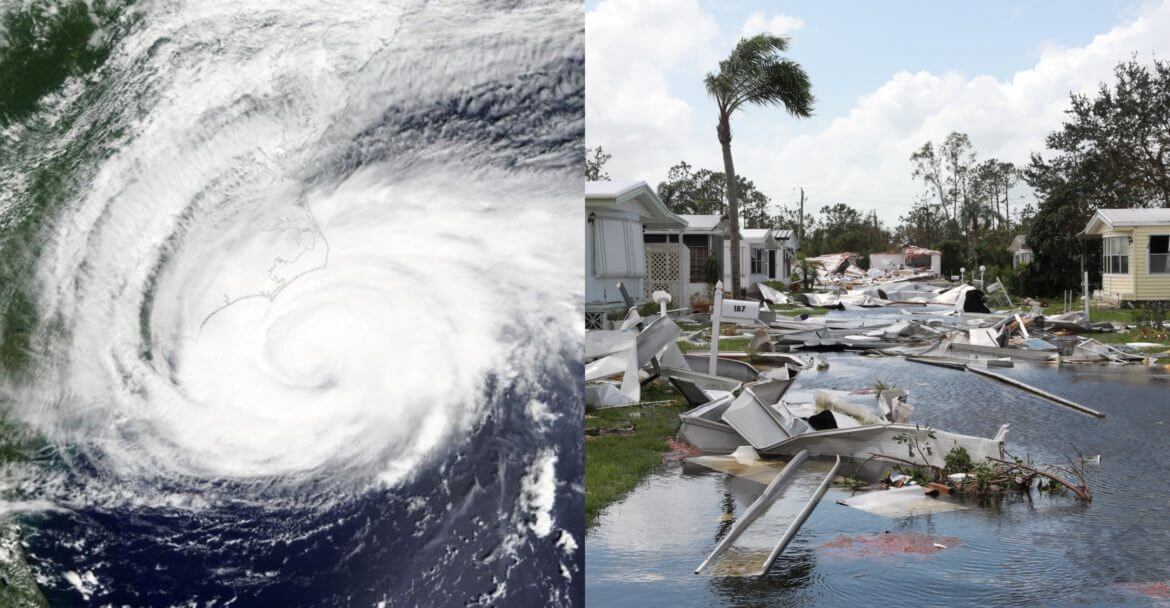Mold & Wellness Resource Center
Science and Research
EPA: A Brief Guide to Mold, Moisture and Your Home
This Guide provides information and guidance for homeowners and renters on how to clean up residential mold problems and how to prevent mold growth. The content on these web pages is based on EPA's publication "A Brief Guide to Mold, Moisture and Your Home." Updates have been made to some resources and links.
CDC: Think Fungus: Fungal Disease Awareness
Fungal diseases can affect anyone. Learning about them can help you and your doctor recognize fungal diseases early and may help prevent future complications.
CDC and Fungal Diseases: Why are fungal diseases a public health issue? [PDF]
What is CDC doing to combat fungal diseases? We are taking action to prevent and control fungal diseases through a variety of domestic and international activities
NIH: National Institute of Environmental Health Sciences: Mold
Molds are microscopic organisms that play an important role in the breakdown of plant and animal matter. Outdoors, molds can be found in shady, damp areas, or places where leaves or other vegetation is decomposing. Indoor molds can grow on virtually any surface, as long as moisture, oxygen, and organic material are present. When molds are disturbed, they release tiny cells called spores into the surrounding air.
NIH: National Toxicology Program: Mold [PDF]
What do we know about health effects from mold? It is sometimes difficult to determine specific health outcomes from exposure to mold, since the effects depend on the characteristics, magnitude, and duration of the exposure. People who have an existing respiratory condition, such as asthma or allergies, are more likely to suffer adverse effects.
WHO Guidelines for Indoor Air Quality [PDF]
Microbial pollution is a key element of indoor air pollution. It is caused by hundreds of species of bacteria and fungi, in particular filamentous fungi (mold), growing indoors when sufficient moisture is available. This document provides a comprehensive review of the scientific evidence on health problems associated with building moisture and biological agents. The review concludes that the most important effects are increased prevalence of respiratory symptoms, allergies and asthma as well as perturbation of the immunological system
CDC: Mold: Homeowner and Renters Guide [PDF]
Cleaning up after a flood can pose health risks. You and your family should wait to re-enter your home until professionals tell you it is safe, with no structural, electrical or other hazards. Before you start cleanup activities, contact your insurance company and take pictures of the home and your belongings. Remember – drying your home and removing water-damaged items is your most important step for preventing mold damage.
EPA: Flood Cleanup: Avoiding Indoor Air Quality Problems
During a flood cleanup, the indoor air quality in your home or office may appear to be the least of your problems. However, failure to remove contaminated materials and to reduce moisture and humidity can present serious long-term health risks. Standing water and wet materials are a breeding ground for microorganisms, such as viruses, bacteria, and mold. They can cause disease, trigger allergic reactions, and continue to damage materials long after the flood. More info on this topic.
IMPORTANT ARTICLES ABOUT HURRICANES & FLOODING

Flood and Hurricane Mold Remediation Strategies
Knowing How and Where to Begin with Hurricane Mold Remediation is Overwhelming, But Focusing on the Basics Gets the Job Done.


